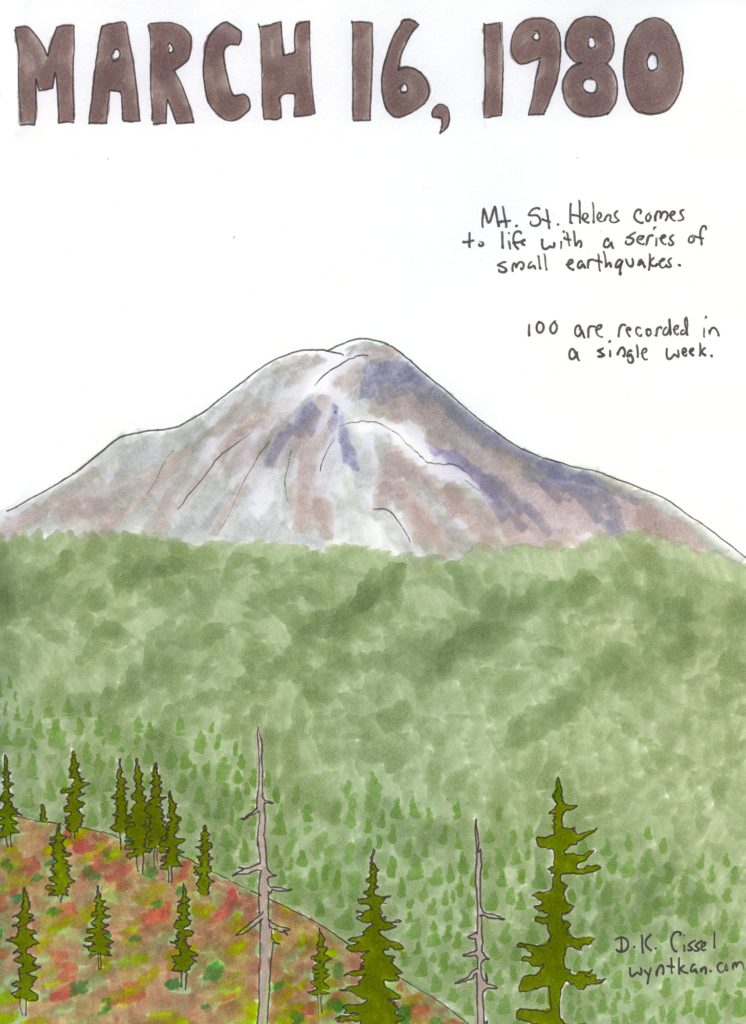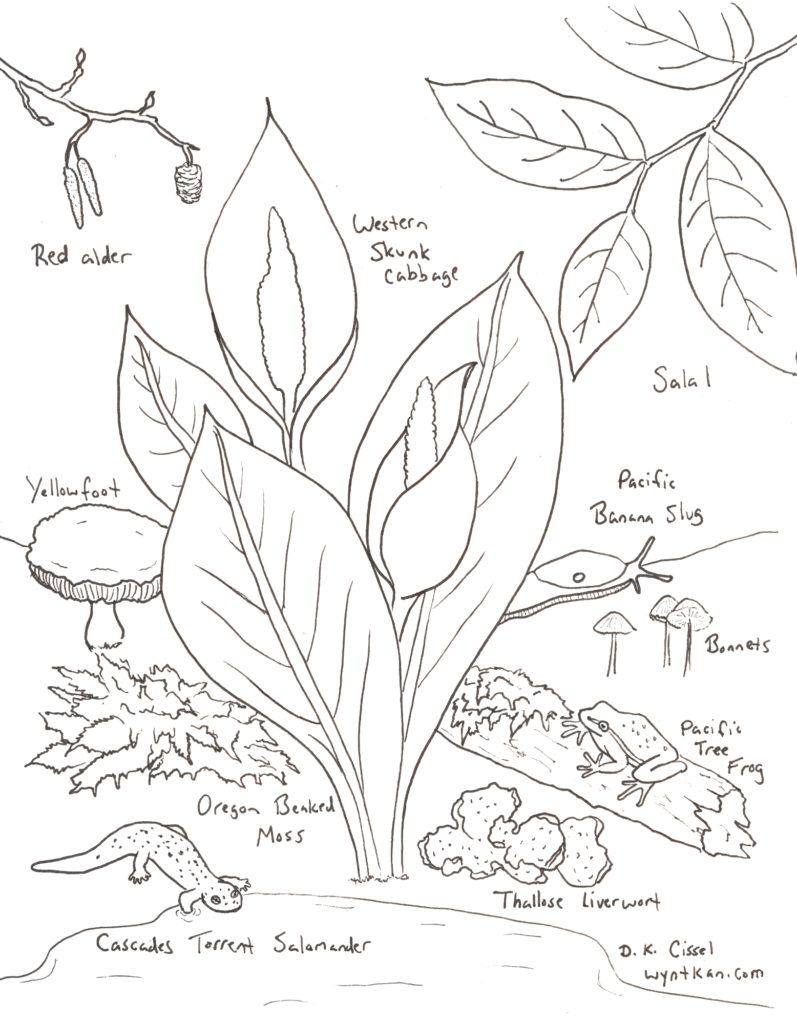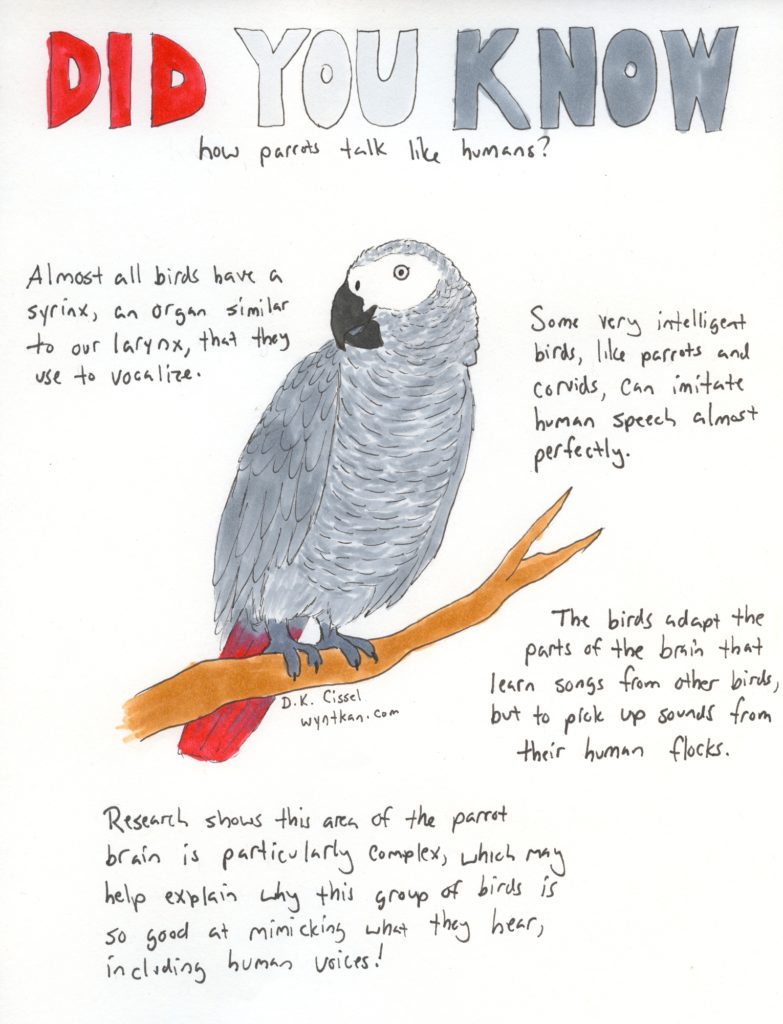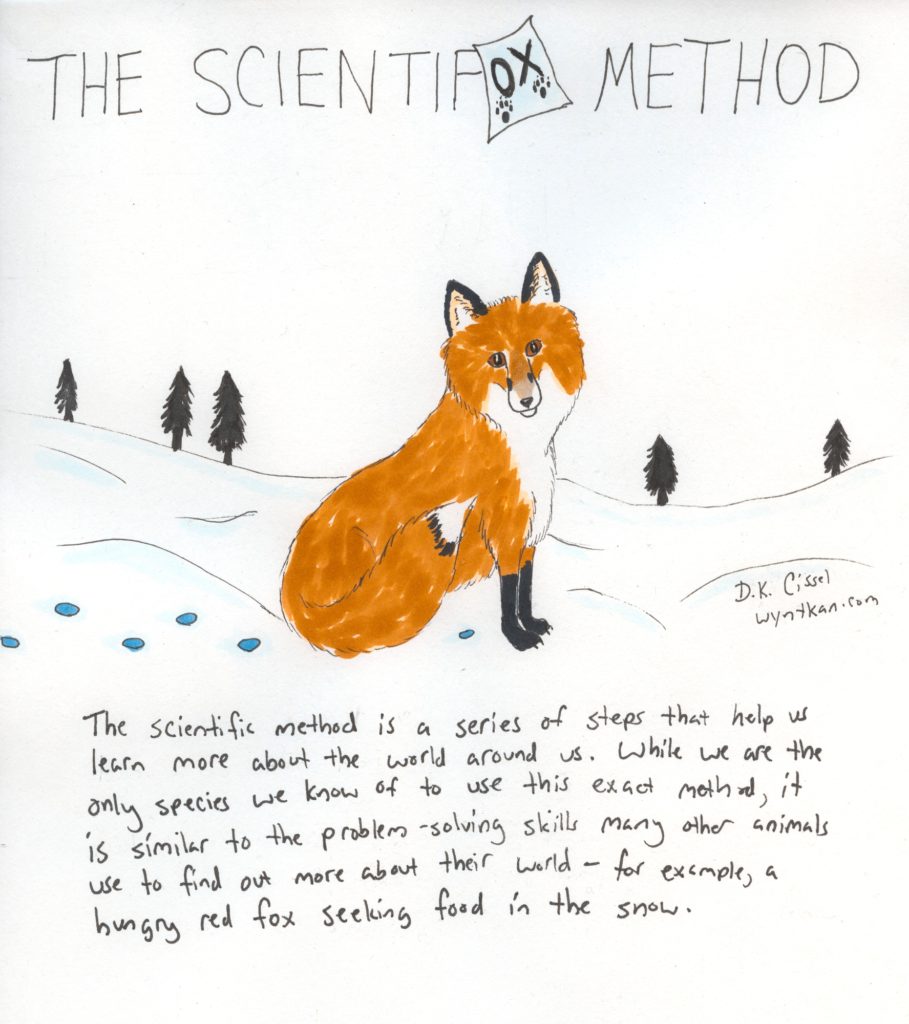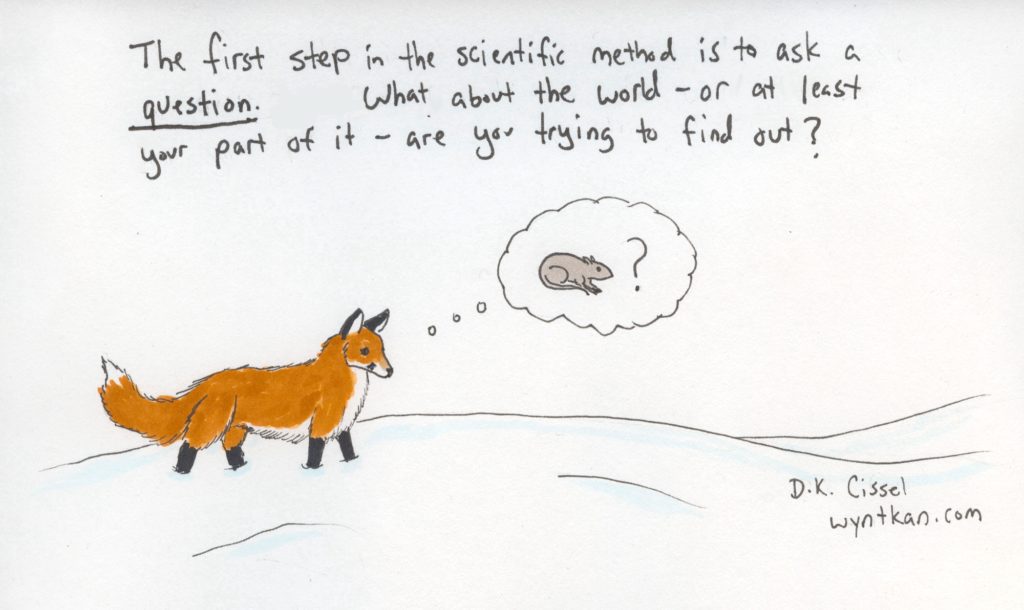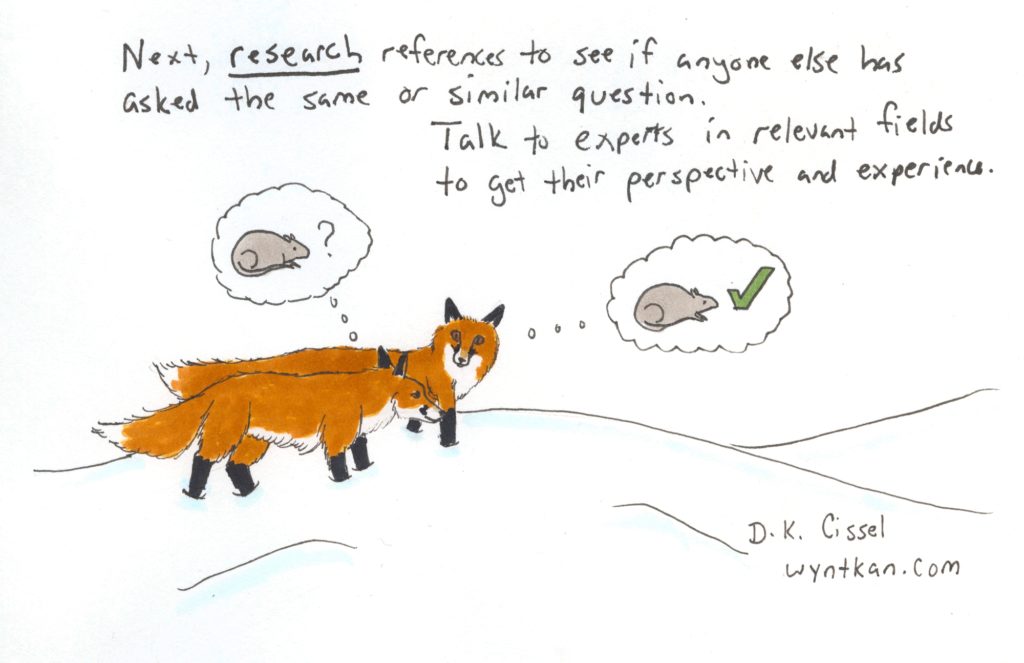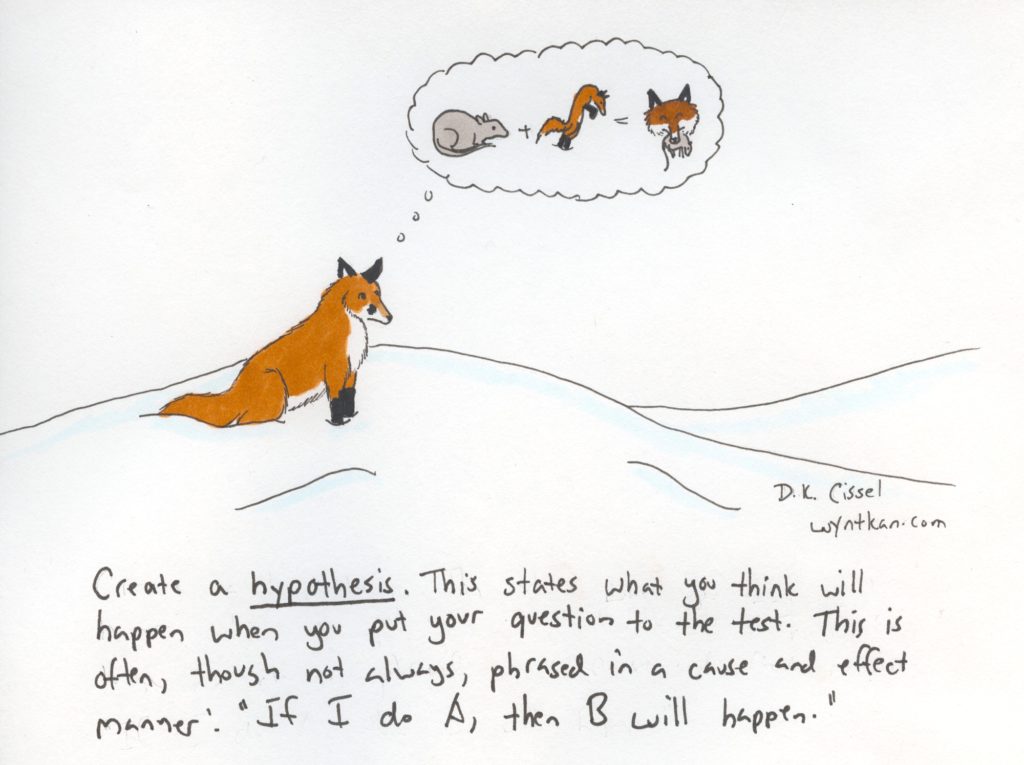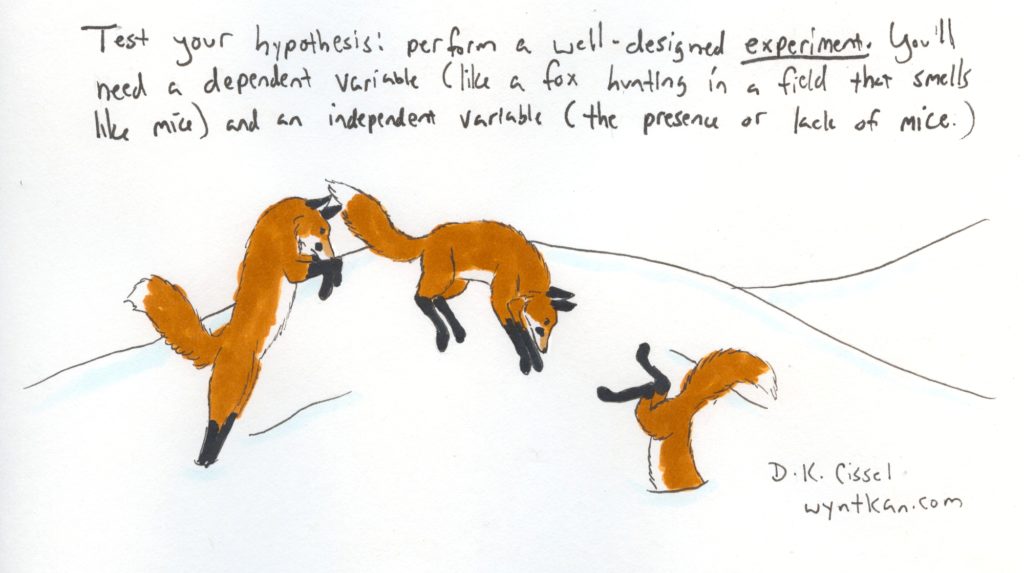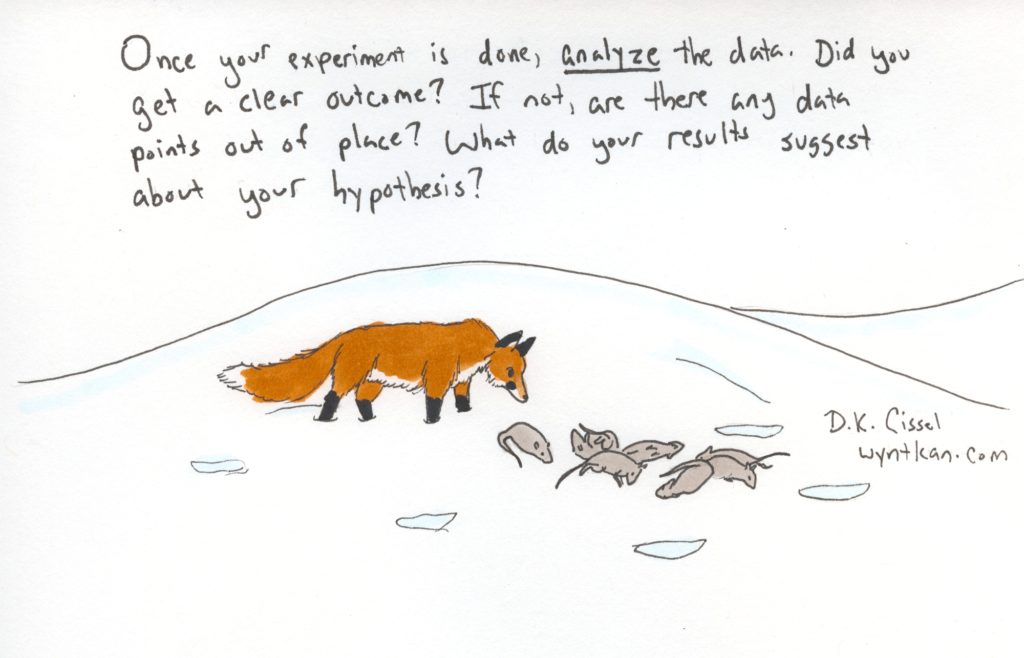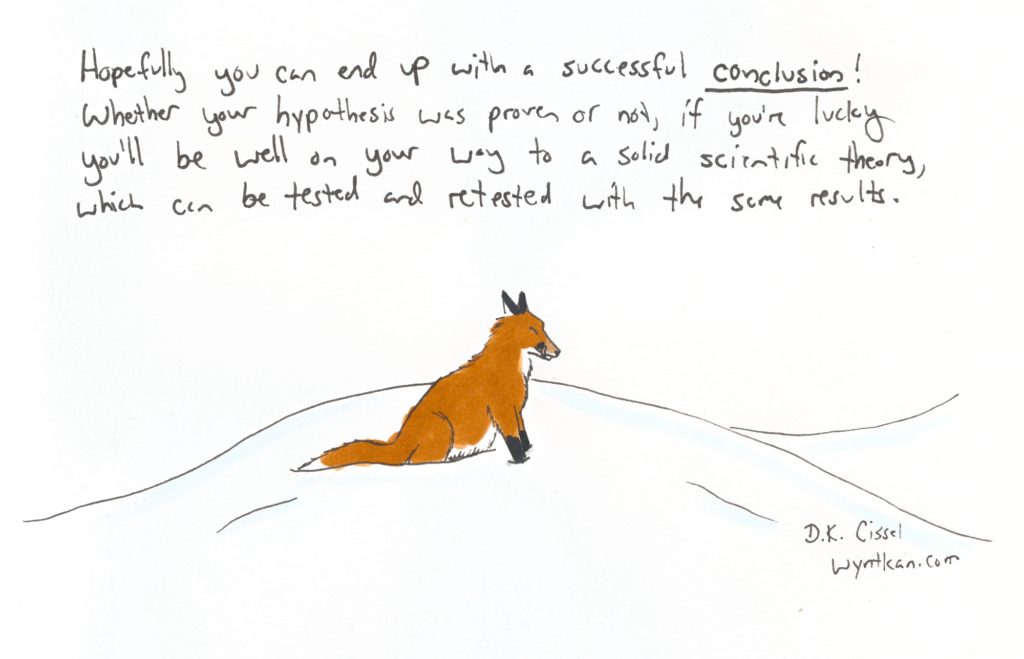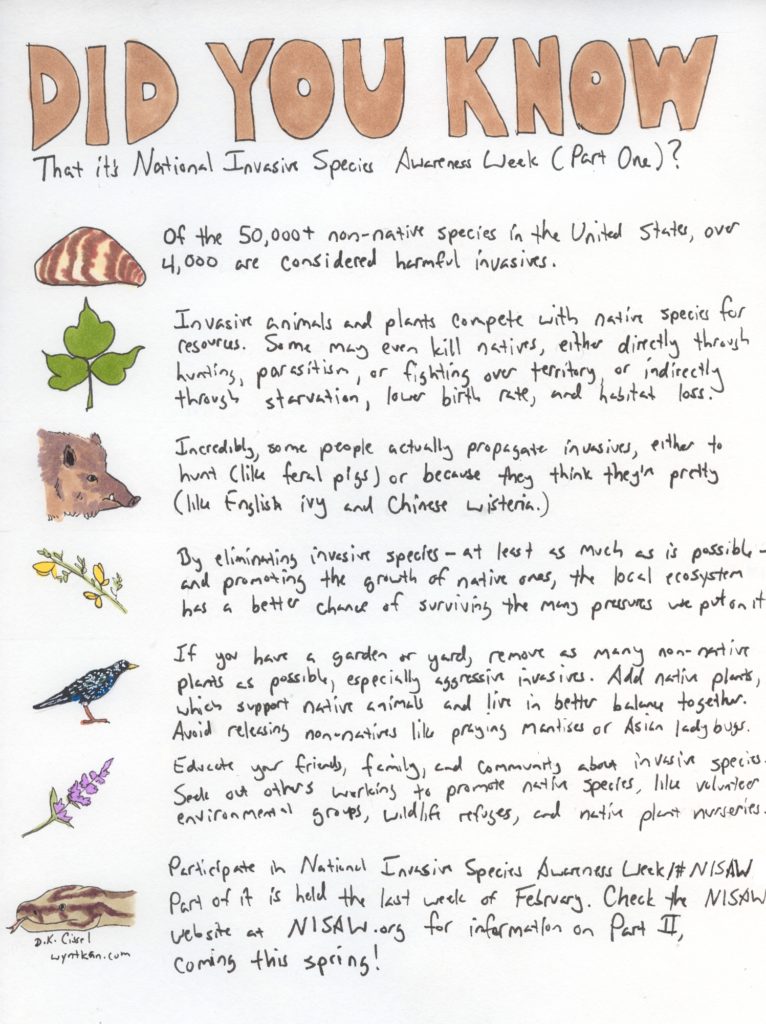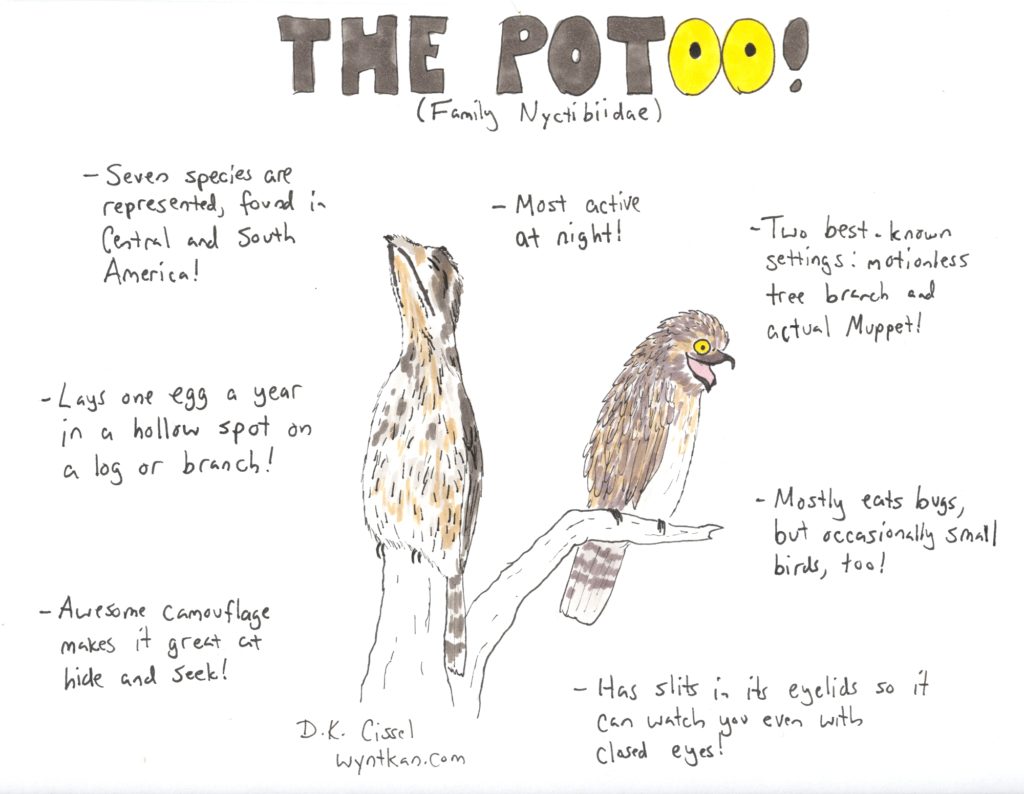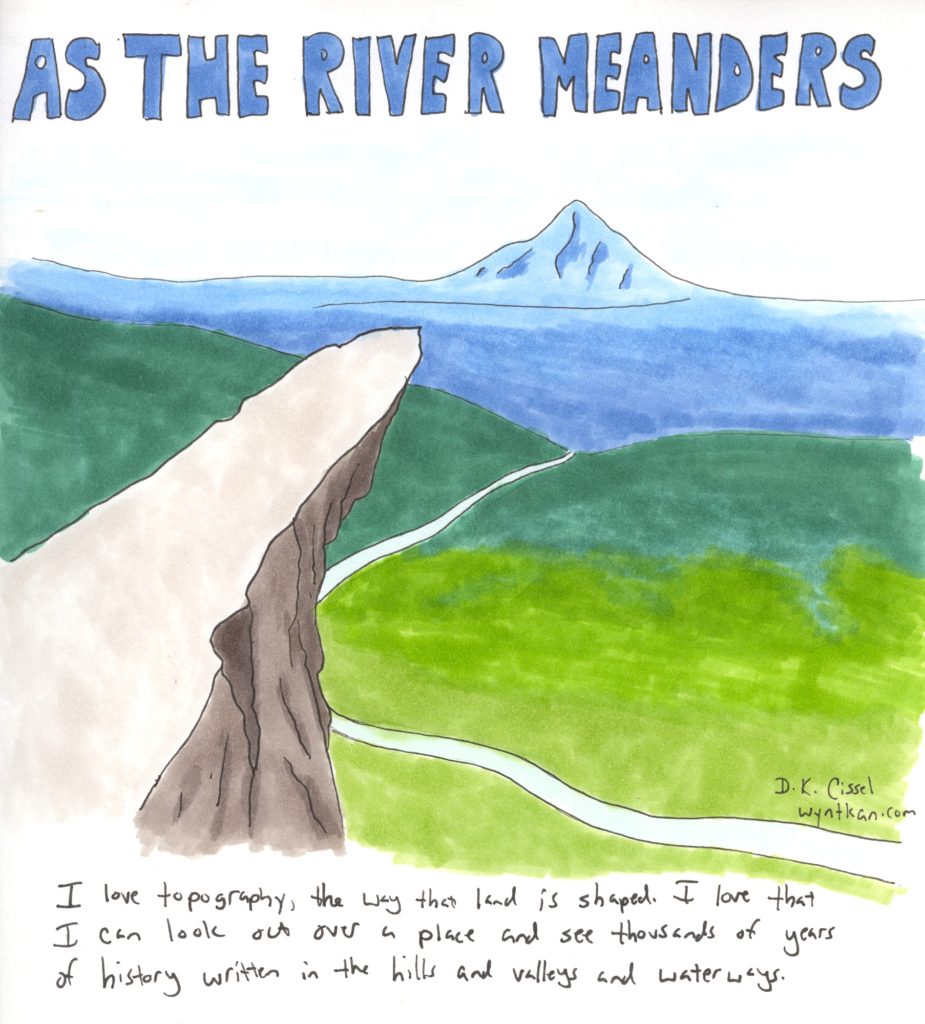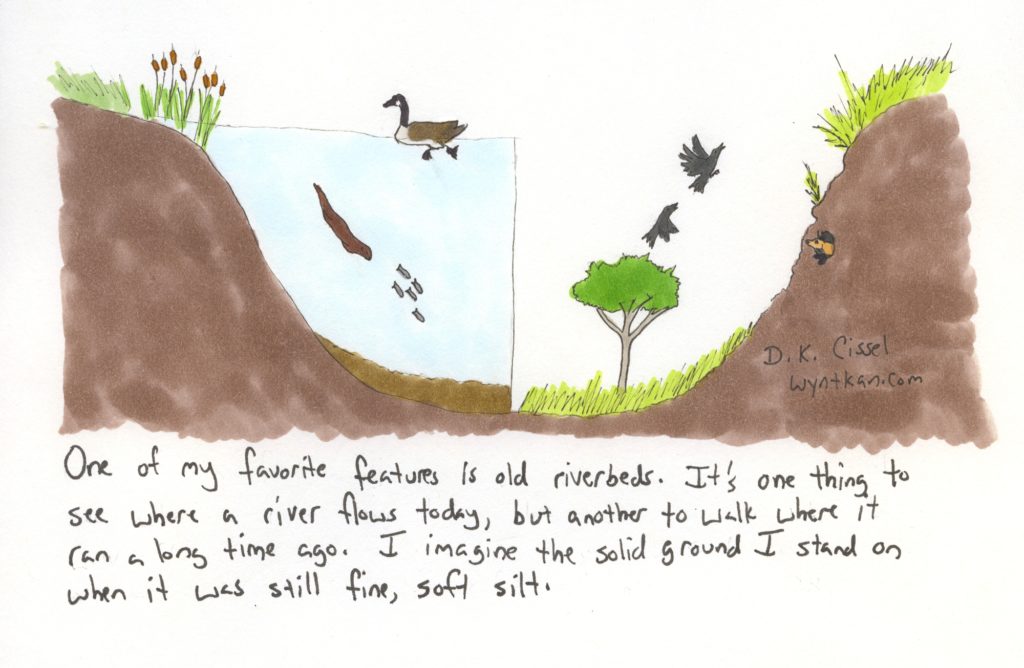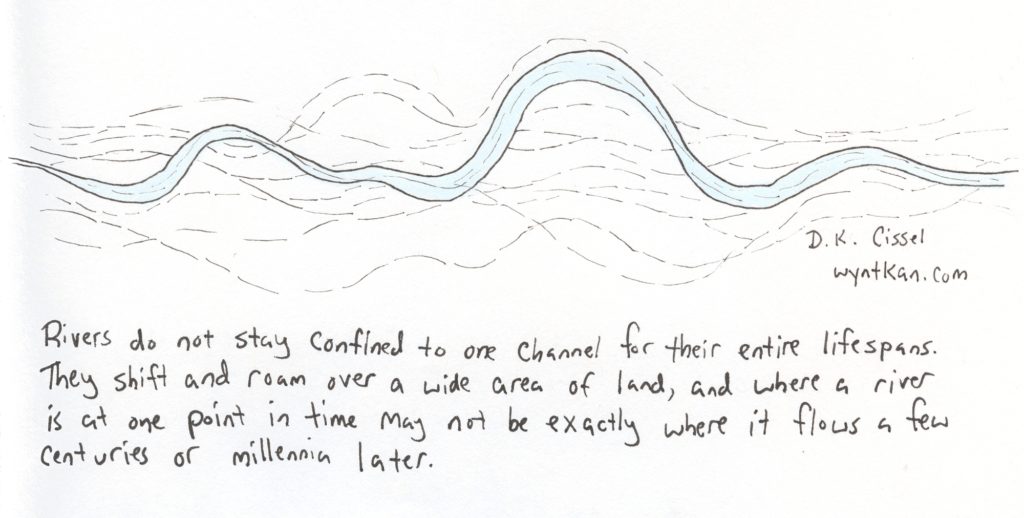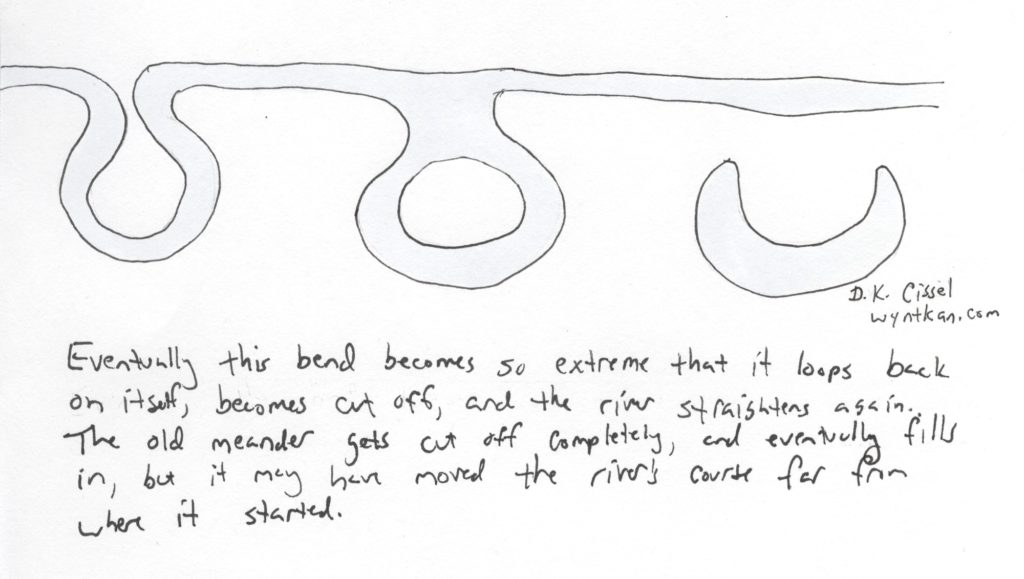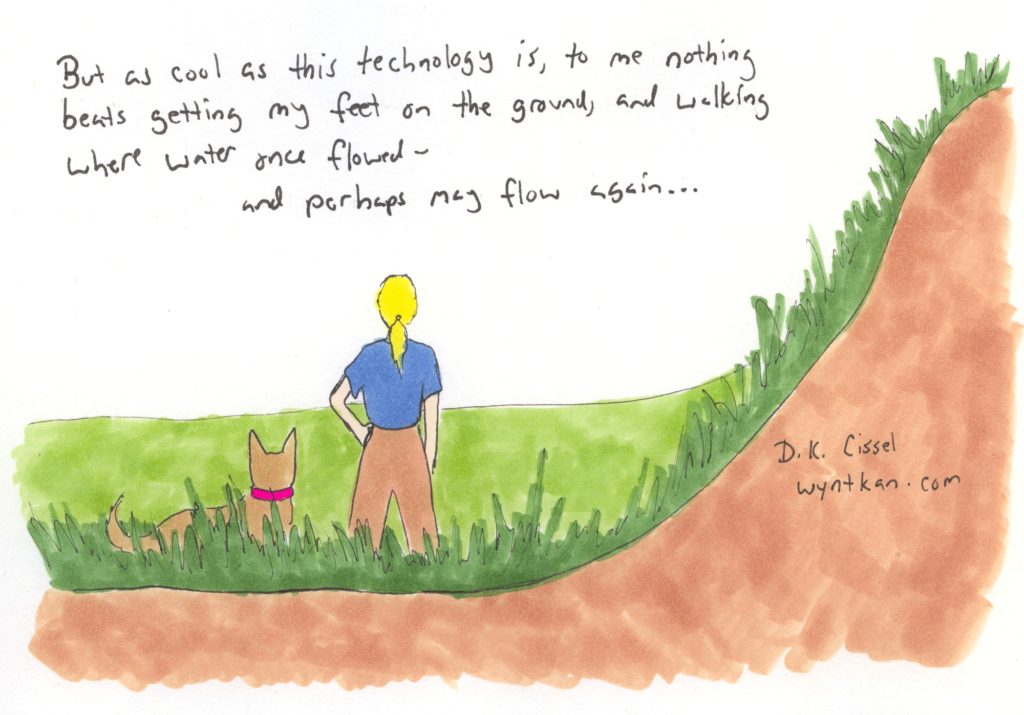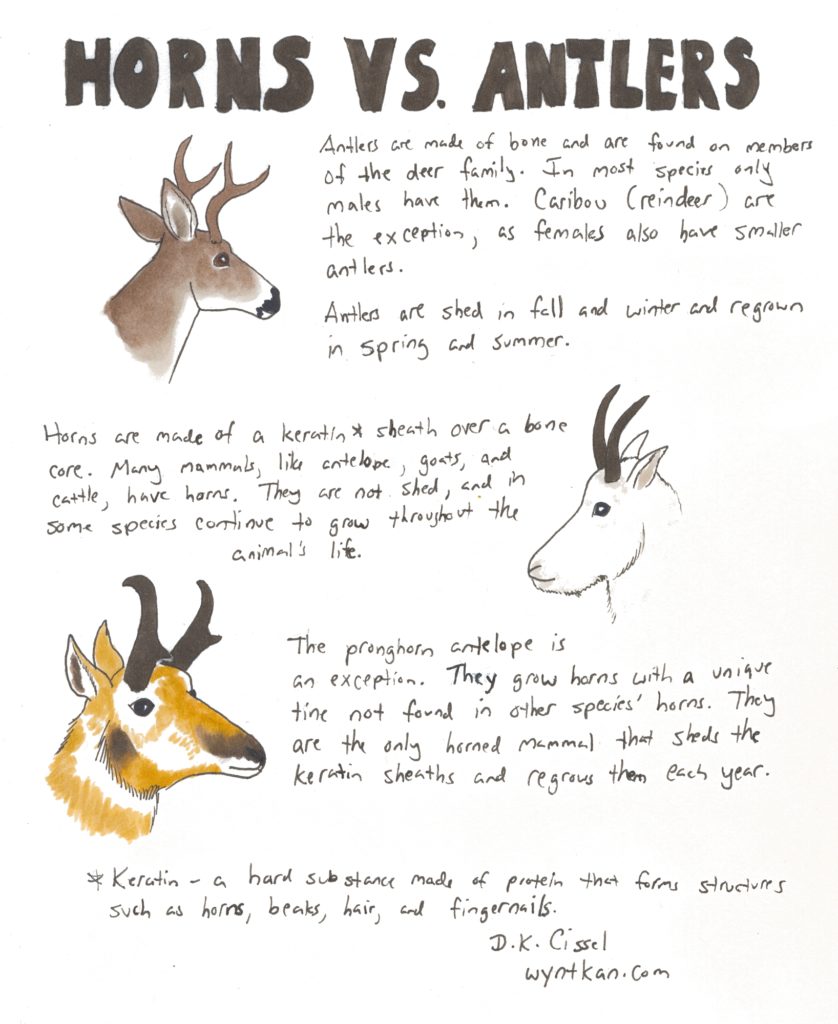
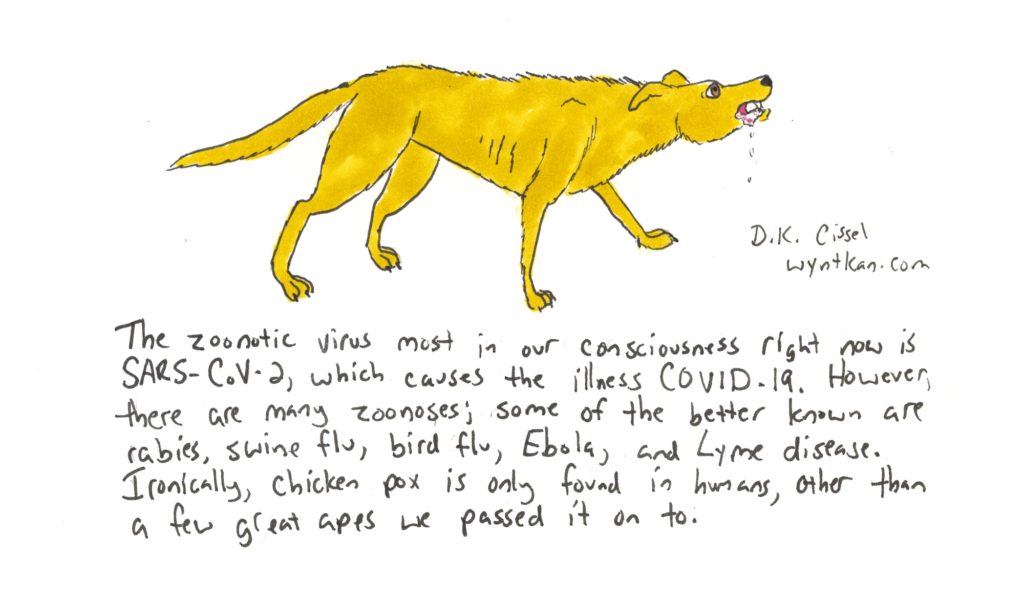
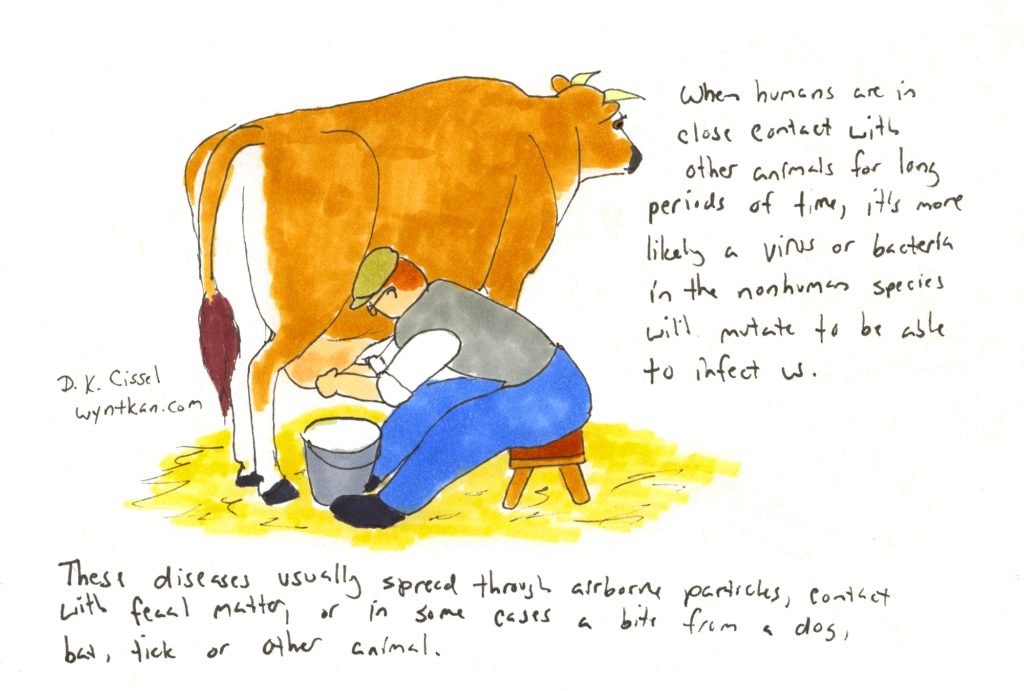
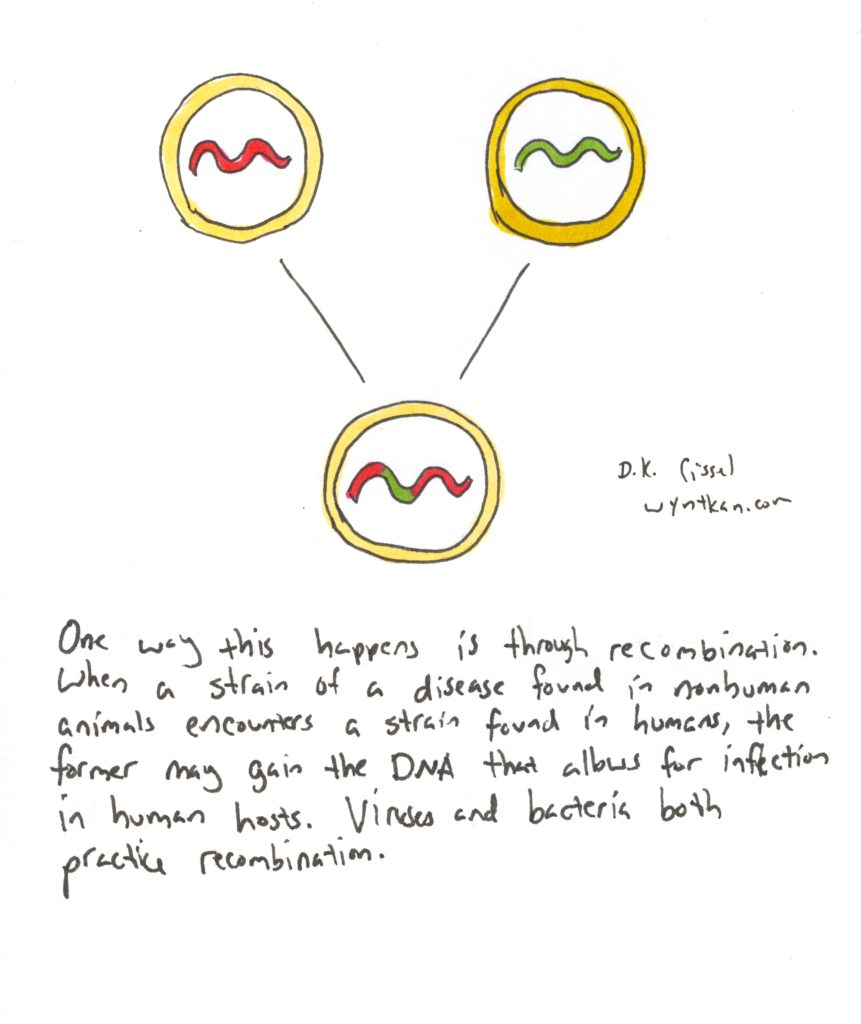
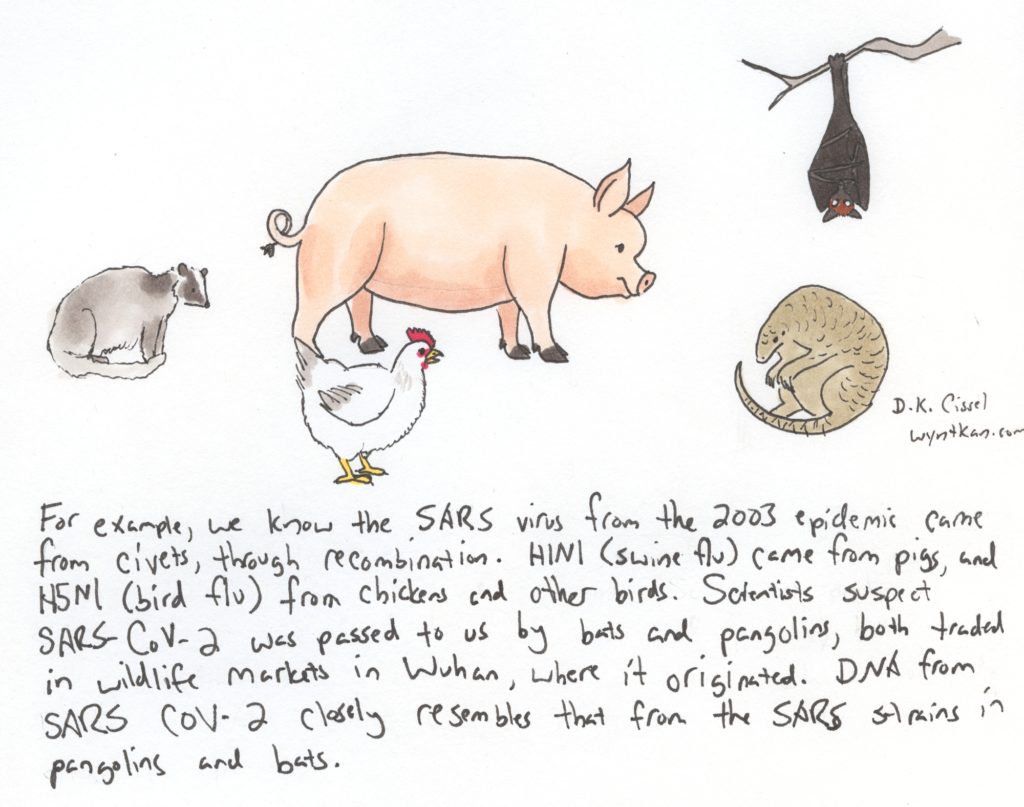
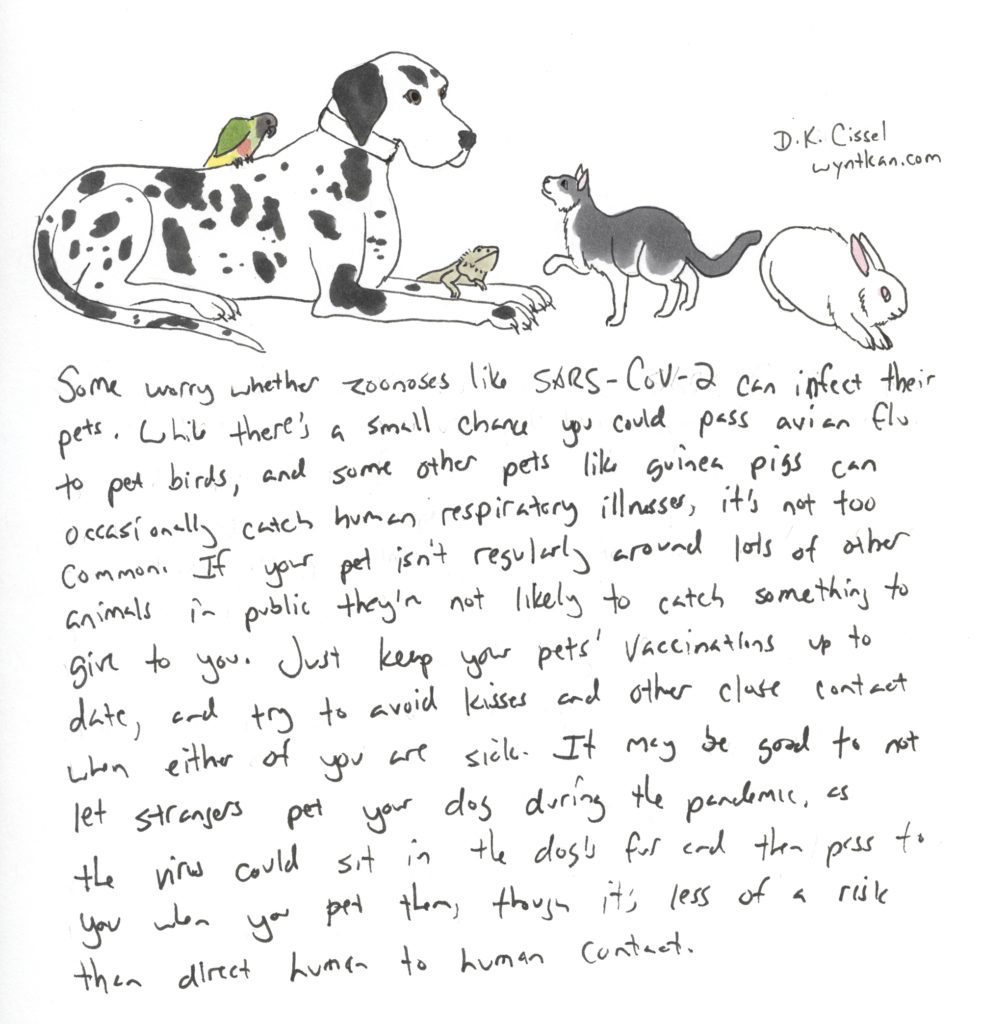
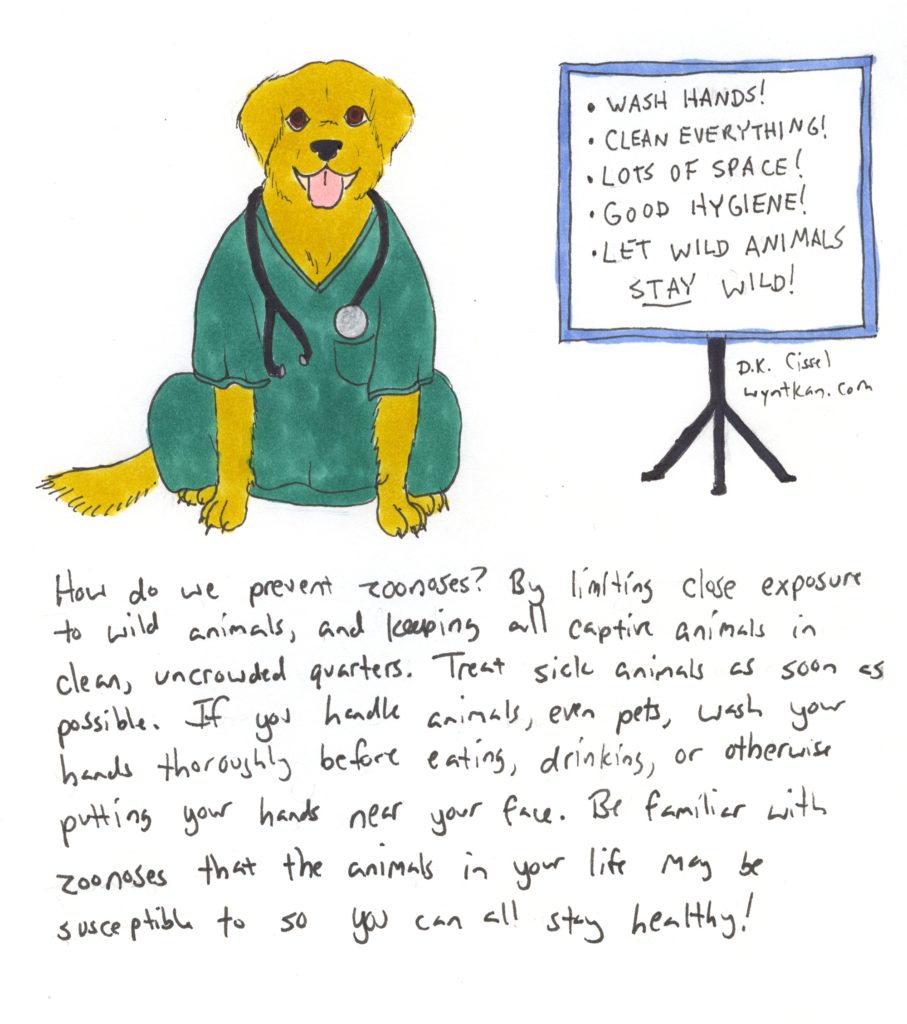
I actually had a different multi-page comic prepped for today, but over the weekend I got a wild hare to do something on topic right now. So if you’ve ever wondered how a disease can jump from other animals to us, now you know!
Species portrayed: Rabies virus (Rabies lyssavirus), SARS-CoV-2, Lyme disease (Borrelia sp.), Ebola (Ebolavirus sp.), human (Homo sapiens), domestic pig, (Sus scrofa domesticus) domestic chicken (Gallus gallus domesticus), domestic dog (Canis lupus familiaris), domestic cow (Bos taurus), masked palm civet (Paguma larvata), Chinese pangolin (Manis pentadactyla), large flying fox (Pteropus vampyrus), domestic cat (Felis catus), Senegal parrot (Poicephalus senegalus), bearded dragon (Pogona sp.), domestic rabbit (Oryctolagus cuniculus domesticus)
(Just a reminder that I have stickers and other fun merch at my Redbubble store, and you can also tip me for my work at my Ko-Fi! Like many people, my income has been pretty badly affected by current circumstances, so every little boost will help.)

